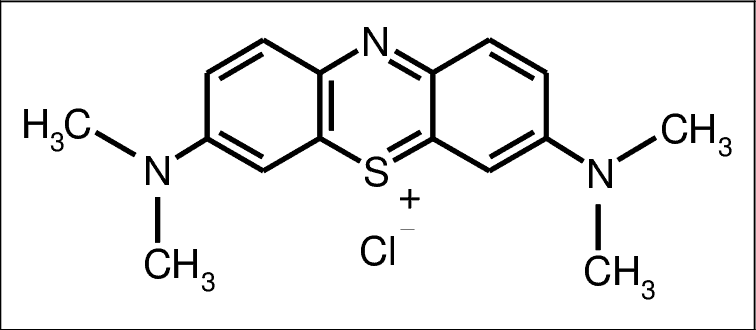Methylene Blue
What is Methylene Blue?
Methylene blue Health benefits

How does it works?
Consideration and recommendation
Though Methylene blue has numerous cognitive benefits, it has some common side effects which include headache, vomiting, confusion, shortness of breath, and high blood pressure. Other side effects may include serotonin syndrome, red blood cell breakdown, and allergic reactions. It often turns the urine, sweat, and stool blue to green in color. Using during pregnancy may harm the baby. Consult your doctor before using Methylene blue.
Methylene blue has a hormetic dose response meaning that low doses are beneficial, while high doses are harmful. So, you are recommended not to take more than 5mg per kilogram of body weight (and take less if you are obese). Anywhere from 0.5mg – 5mg per kilogram may be safe and effective.
But at high doses, watch out! It interferes with the ability of red blood cells to carry oxygen and can be fatal.
Source
http://www.ebi.ac.uk/chebi/searchId.do?chebiId=CHEBI:6872
http://europepmc.org/abstract/MED/26463954
https://pubchem.ncbi.nlm.nih.gov/compound/methylene_blue#section=Mechanism-of-Action
https://www.frontiersin.org/articles/10.3389/fphar.2015.00206/full
https://www.ncbi.nlm.nih.gov/pmc/articles/PMC4783354/
https://www.ncbi.nlm.nih.gov/pmc/articles/PMC3005530/
https://www.ncbi.nlm.nih.gov/pmc/articles/PMC2040387/
https://www.ncbi.nlm.nih.gov/pubmed/20711066
https://www.ncbi.nlm.nih.gov/pubmed/28762173
https://www.ncbi.nlm.nih.gov/pubmed/28298203
https://www.ncbi.nlm.nih.gov/pubmed/28762173
https://www.ncbi.nlm.nih.gov/pubmed/28559565
https://www.ncbi.nlm.nih.gov/pubmed/26603930
https://www.ncbi.nlm.nih.gov/pubmed/18777811
